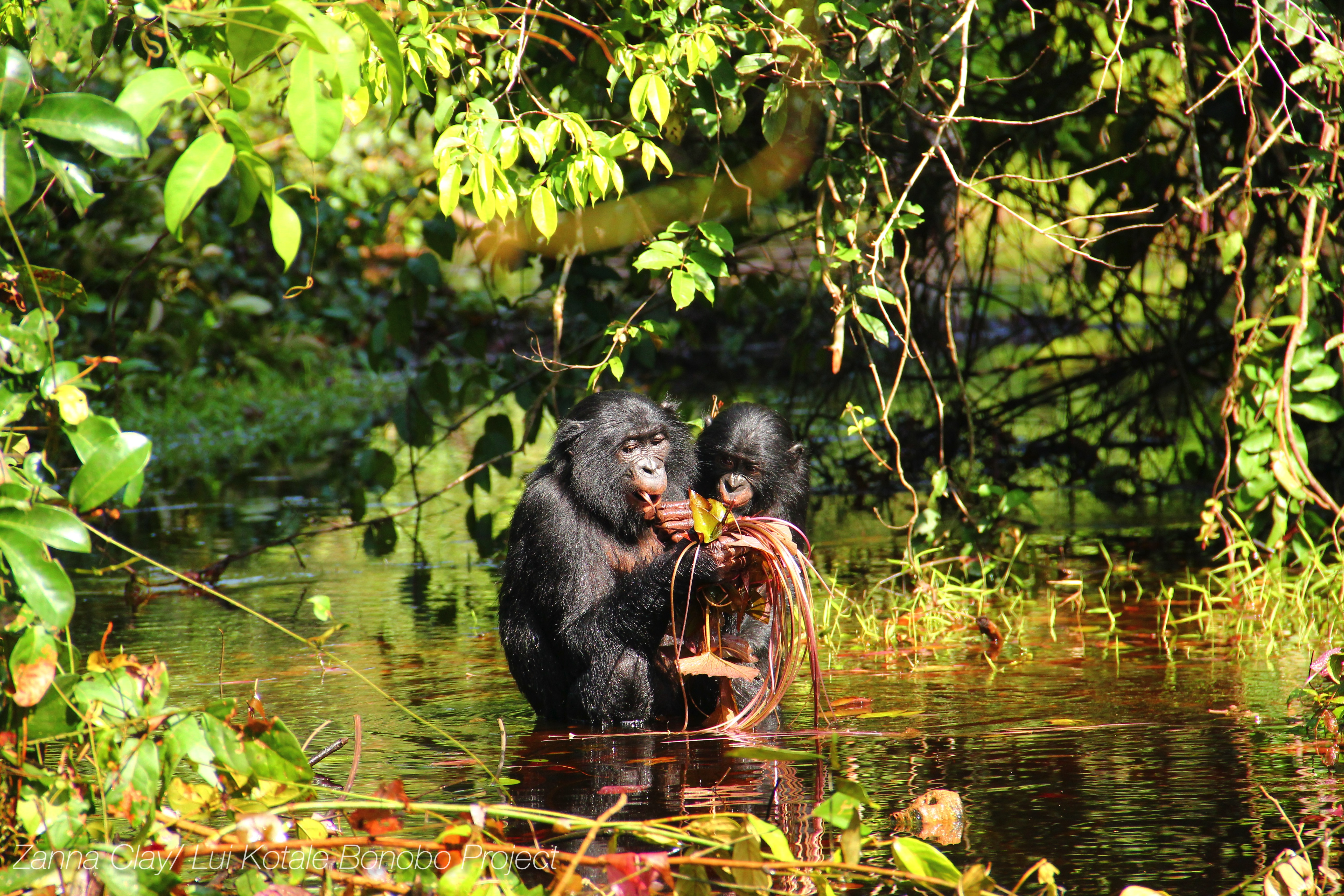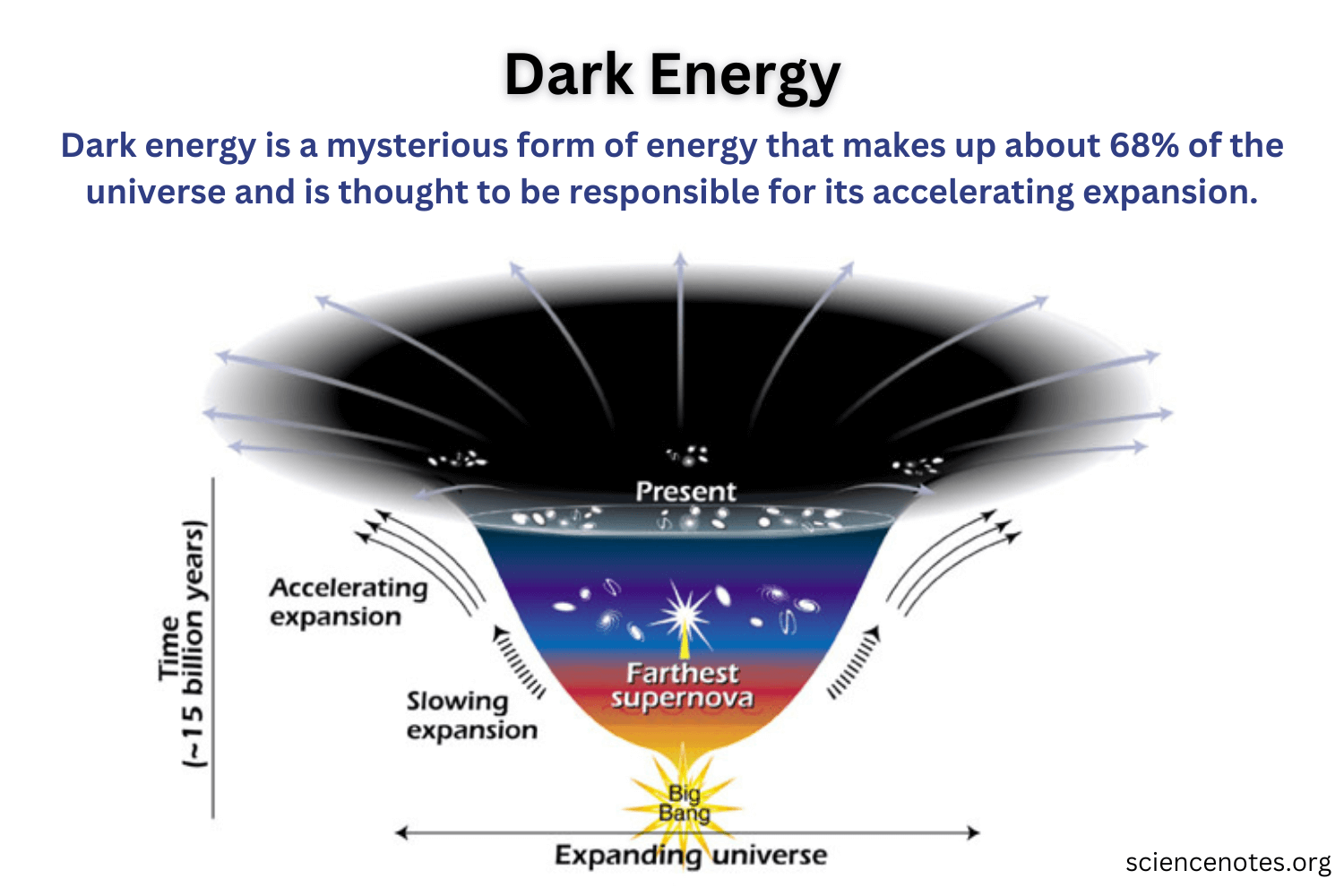Bonobo communication has captivated researchers, revealing intriguing parallels with human vocalizations and language. A recent study highlights how these intelligent primates employ a sophisticated system of vocalizations, similar to the way humans form phrases and sentences. By utilizing a range of sounds to express complex social contexts, bonobos demonstrate remarkable compositionality in animal language that challenges previous understandings of communication. These vocal behaviors underscore the intricate social relationships within bonobo communities, showcasing their ability to coordinate actions and convey emotions over distances. As our understanding of bonobo social behavior evolves, so too does our insight into the origins of language evolution.
The way bonobos engage in vocal interactions opens a fascinating window into the broader spectrum of animal communication. Researchers are examining the rich vocal repertoire of these primates, shedding light on how they express intentions and emotions through intricate sound patterns. This exploration not only highlights the complexity of bonobo social structures but also prompts a re-evaluation of how language may have emerged in our own evolutionary past. By studying these vocal exchanges, we can glean essential clues about the development of communicative systems across species, including the evolution of language itself in humans. Understanding bonobo vocalizations allows us to appreciate the nuanced ways in which animals convey meaning and maintain social bonds.
The Language of Bonobos: Understanding Complex Vocalizations
Bonobos have demonstrated remarkable communication abilities, exhibiting a rich variety of vocalizations akin to human language. Studies show that these primates use complex phrases and word compounds to express specific social situations, indicating that their vocal communication system is intricately tied to their social dynamics. By analyzing the vocal repertoire of wild bonobos, researchers have uncovered that vocalizations like peeps, yelps, and whistles each carry distinct meanings that help coordinate group movements and convey emotional states. This similarity in communication structure further supports our understanding of animal language as a system that might share roots with the evolution of human language.
The vocalizations of bonobos not only help them communicate individual emotions but also allow them to maintain sophisticated social bonds within their groups. For example, a bonobo’s whistle can indicate a need for coordination among group members who are dispersed in their habitat. This vocal complexity suggests a high degree of social organization among bonobos, thus highlighting the intricate relationship between social behavior and language evolution. The findings point towards an evolutionary advantage derived from such complex communication, paving the way for deeper research into the linguistic capabilities of other primate species.
Compositionality in Animals: A Bonobo Perspective
Compositionality refers to the ability to create new meanings by combining existing words or signals, a concept previously believed to be unique to human language. Recent research has challenged this notion by demonstrating that bonobos can also employ compositional strategies in their vocal communications. For instance, bonobos can combine sounds to convey nuanced or complex information about their environment or internal states, much like humans do. By breaking down vocalizations into smaller components and analyzing their meanings, researchers have begun to understand how bonobos construct messages that reflect their social realities.
Furthermore, the study of bonobo vocalizations offers a glimpse into the evolutionary development of language across species. The findings suggest that the intricate patterns observed in bonobo communication can shed light on how the ability to convey complex ideas may have emerged in our own ancestors. As bonobos maintain long-term, socially complex relationships, the evolution of their communication system demonstrates that such combinatorial communication can be crucial for navigating social challenges, thereby emphasizing the importance of compositionality in the context of animal language and its role in social cohesion.
Bonobo Social Behavior and Its Role in Communication
Bonobo social behavior is deeply intertwined with their communication practices, highlighting the significance of social bonds in the evolution of language. These primates are known for their matriarchal societies, where relationships play a pivotal role in their daily interactions. Vocalizations serve as vital tools for navigating social dynamics, as they help manage group cohesion and resolve conflicts. The observations recorded in Kokolopori reveal that bonobos utilize specific calls during heightened social tension, which not only foster group harmony but also facilitate collective decision-making.
The complexity of bonobo social structures indicates that effective communication is essential for their survival and well-being. As these primates often face challenges within their social groups, such as competition for resources and mating opportunities, their ability to convey intricate messages through vocalizations becomes a crucial survival strategy. The dependence on vocal communication in bonobo species demonstrates the evolutionary significance of social behavior in developing sophisticated communication systems, reiterating the importance of studying these social structures to gain insights into the evolution of language.
Insights into Animal Language Evolution Through Bonobos
The study of bonobos provides an exciting avenue for exploring the evolution of language across species. As one of humanity’s closest relatives, bonobos have preserved many features that reflect our shared ancestry. Research has shown that their vocalizations exhibit a level of complexity that mirrors early human communication methods, suggesting a timeline for the evolution of language that predates the emergence of modern humans. By examining the structure of bonobo communication, researchers hope to unravel the complexities surrounding the origins of animal language and its parallels with human speech.
By systematically mapping out the vocal repertoire of bonobos, scientists can trace how language may have evolved as a tool for enhancing social interactions among closely-knit groups. The findings indicate that bonobos not only use vocalizations to express immediate needs but also to navigate complex social landscapes, hinting at the cognitive processes underlying their communication skills. This research provides a fundamental shift in how we perceive animal language, opening doors to a broader understanding of communicative evolution across various species.
Human-Like Communication in Bonobos: A Closer Look
Researchers have long pondered how language began and evolved in human ancestors. Recent discoveries about bonobo communication reveal that these primates possess strikingly similar qualities to human linguistic behavior. Their ability to use vocalizations in a combinatorial manner indicates that the roots of language might have existed far earlier than previously thought. By exploring the similarities and differences between bonobo and human communication systems, we gain valuable insight into the cognitive capabilities shared by both species, which further bridges the gap between humans and our evolutionary relatives.
The implications of this research extend beyond just understanding the bonobos themselves. By recognizing the parallels between bonobo vocalizations and human language, we can better appreciate the evolutionary path our language has taken. Moreover, as bonobos are social animals that rely heavily on their intricate communication for survival, studying their vocal behavior could shed light on the fundamental aspects of social interaction that are essential in the human experience. Such exploration helps unravel the evolutionary timeline and the mechanisms that allowed complex language to develop.
The Significance of Vocalizations in Bonobo Coordination
Vocalizations play a decisive role in the coordination of bonobo groups, particularly in densely forested environments where visibility is often obstructed. By using various vocal calls, bonobos are able to communicate their locations and intentions over long distances, facilitating group movement and ensuring the safety of their social structures. Their ability to emit specific sounds—like peeps prior to a whistle—serves as crucial signals, particularly in tense situations where immediate coordination is necessary.
The significance of these vocalizations extends beyond mere communication; they reflect an evolutionary adaptation that enhances survival in complex environments. The reliance on vocal signals to maintain social order within the groups showcases how animal communication, particularly in bonobos, evolved to assist in navigating their ecological niches. By understanding these vocal cues, researchers can gain deeper insights into the complexities of bonobo social behavior, further demonstrating how fundamental vocal communication can be in shaping social structures across species.
Exploring the Relationship Between Vocal Complexity and Social Structures
The connection between vocal complexity and social structures is an intriguing area of study in bonobo behavior. Current research illustrates that the social structures of bonobos are closely related to the intricacy of their communication. For instance, bonobos utilize various vocalizations depending on whether they are interacting with familiar or unfamiliar members within their group. This nuanced approach to communication suggests that their social interactions dictate the complexity of the sounds they produce, highlighting an evolutionary trend toward more complex communication systems as social structures grow more intricate.
Moreover, the sophistication in their vocal behavior points to an essential method for establishing and maintaining social bonds. As bonobos often rely on each other’s support for critical tasks such as foraging and predator avoidance, the evolution of complex vocalizations plays a significant role in their ability to foster cooperation and solidarity. The dynamic between vocal complexity and social relations in bonobos showcases the interplay between communication and social behavior, offering insights that enhance our understanding of language evolution in both humans and other primates.
Bonobos as a Model for Understanding Language Origins
Bonobos serve as an essential model for scientists investigating the origins of language and communication in mammals. By examining the vocal behaviors of bonobos, researchers have begun to fill in the gaps of how language may have developed from simple signals to intricate forms of communication. Their ability to combine vocalizations into meaningful phrases mimics the processes thought to have driven human linguistic evolution. The patterns of vocal expressions found in bonobos remind us that language is not exclusively human but rather a characteristic shared among related species, reflecting biological continuity.
By using bonobos as a research model, we gain unique insights into the cognitive capabilities necessary for language development. Their vocalization patterns provide a framework for understanding how social interactions may have influenced the evolution of complex communication systems. These explorations evoke questions about how language emerged in our ancestors and how the cognitive requirements for such communication shaped their social structures. The bonobo’s vocal complexity ultimately helps illuminate the continuous journey of language evolution and highlights the relevance of studying non-human primates in our quest for understanding human origins.
Frequently Asked Questions
How do bonobo vocalizations compare to human language?
Bonobo vocalizations exhibit similarities to human language by utilizing word compounds and phrases, suggesting both species share deep-rooted communication skills. Researchers found that bonobos use a form of compositionality, allowing them to articulate complex social scenarios, much like humans do.
What is the significance of compositionality in bonobo communication?
Compositionality is significant in bonobo communication as it shows their ability to combine vocalizations to convey nuanced meanings, reflecting a sophisticated understanding of language evolution akin to that of humans.
How do bonobo social behavior and vocal communication intertwine?
Bonobo social behavior is closely linked to their vocal communication system. Their vocalizations help maintain social bonds within groups, especially in complex social dynamics, allowing for coordination and interaction over distances.
What insights do bonobo vocalizations provide into animal language evolution?
Bonobo vocalizations offer critical insights into animal language evolution by demonstrating how complex social systems can drive the development of sophisticated communication strategies, akin to those observed in early human language.
What did researchers discover about bonobos’ vocal communication methods?
Researchers discovered that bonobos employ various vocal communication methods, such as peeps, yelps, and whistles, to indicate different social contexts, actions, and emotional states, indicative of their advanced communicative capabilities.
Can bonobos form new vocal expressions similarly to humans?
Yes, bonobos can form new vocal expressions by combining different sounds, which showcases their ability to create meaning through compositionality, mirroring one of the key features of human language development.
What role do bonobo vocalizations play in coordinating group movements?
Bonobo vocalizations, such as whistling and peeping, play a vital role in coordinating group movements and signaling social tension or impending actions, reflecting their complex social organization and communication.
How does the study of bonobo communication contribute to understanding animal language?
The study of bonobo communication enhances our understanding of animal language by systematically identifying the meanings behind their vocalizations and demonstrating the presence of structuring elements similar to human language.
| Key Point | Description |
|---|---|
| Bonobo Vocalizations | Bonobos use complex vocal behaviors that resemble human language, indicating a rich communication system. |
| Word Compounds and Phrases | Research suggests bonobos utilize word compounds and phrases to convey intricate social situations, akin to human language. |
| Compositionality | The ability to combine vocal elements to create new meanings—critical for both human and bonobo communication. |
| Evolutionary Insights | The study indicates that the roots of language may predate humans, showing an evolutionary link between social complexity and communication. |
| Social Bonds | Bonobos maintain complex social relationships, with vocal sounds coordinating their interactions over distances. |
| Dictionary of Calls | Researchers have compiled a ‘dictionary’ detailing the meanings of various bonobo calls and their combinations. |
Summary
Bonobo communication showcases the intriguing similarities between them and humans in vocal expression. Through complex vocalizations akin to word compounds and phrases, bonobos demonstrate their ability to convey elaborate social dynamics, revealing that the sophistication of communication is deeply rooted in their evolutionary history. This breakthrough in understanding bonobo communication not only enhances our knowledge of animal languages but also provides insights into the origins of human language itself.



